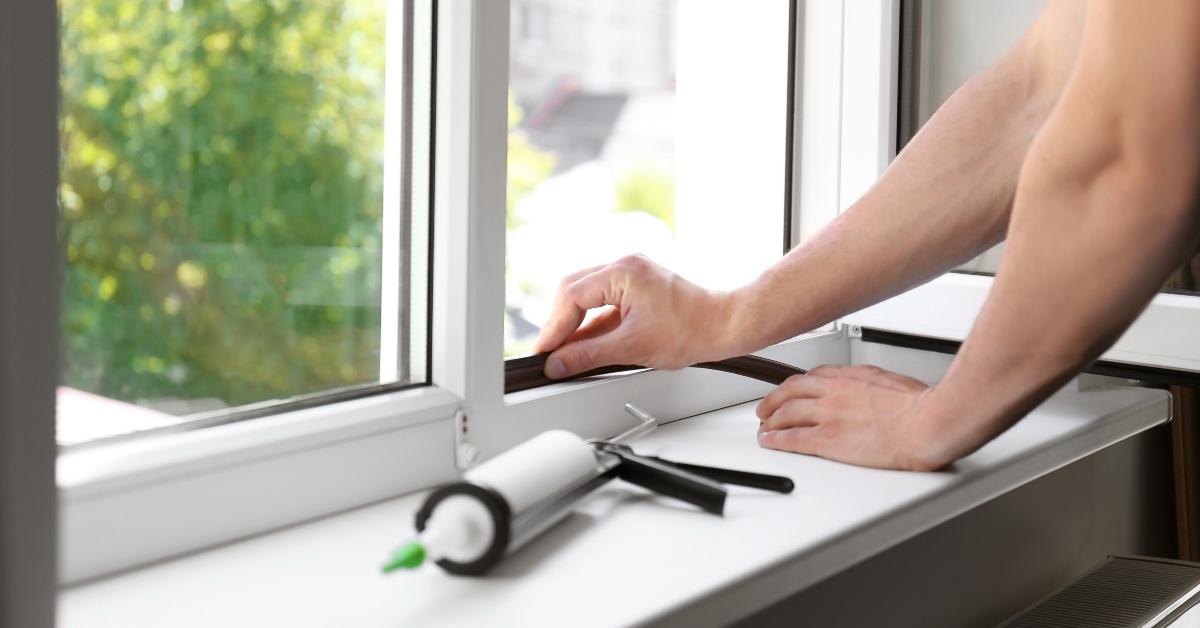7 Winter Home Energy Saving Tips

As the temperatures dip below freezing, we all know that means another cold Minnesota winter is almost here. Staying comfortable in this weather is hard enough, especially when you want to cut costs and maintain a budget. Read on to learn about winter home energy saving tips to help keep your home cozy and cost effective all season long.
Test Your Heating System and Schedule Professional Maintenance
Turn on your heating system to test and make sure it’s ready before the season hits. You should also schedule maintenance service with an HVAC professional. This typically includes a thorough inspection and testing, cleaning, and a routine tune-up. The technician can also identify any problems, discuss recommendations, and make any necessary repairs before they can become expensive problems later.
Throughout the winter, be sure to clean or change the air filter per manufacturer recommendations. A dirty filter reduces airflow and overall efficiency, and they can quickly lead to system failure if they become clogged.
Use Energy-Efficient LED Lights and Appliances
According to the U.S. Department of Energy (DOE), lighting products with light-emitting diode (LED) technology use 75% less energy than traditional incandescent lights. LEDs also last up to 25 times longer—on top of lower power bills, you won’t have to spend as much money on replacements over time. LEDs can help cut energy costs year-round and using ENERGY STAR®-certified holiday lighting can help minimize the added costs of seasonal decorations.
Additionally, using ENERGY STAR®-rated appliances help reduce annual energy usage and costs. And for even more savings, Delano Municipal Utilities (DMU) offers rebates for both LED lights and qualified ENERGY STAR® appliances. Learn more about our residential rebate programs and contact us for assistance or more information.
Properly Seal the Home
Unwanted heat exchange between your home and outside makes your HVAC system work harder, leading to increased energy usage and costs. Inspect your home’s exterior walls, especially near doors and windows, and use caulk to seal any cracks/seams. Also, remember to lock—not just shut—windows and doors to help create a leak-free seal.
Optimize Windows for Efficient Heating
For drafty windows, cover the inside with heavy-duty, clear plastic film or sheets tightly secured to the frame. You can also install thick, tight-fitting drapes for even more insulation. And during the day, open curtains on south-facing windows to utilize the natural heat of the sun. Just be sure to close them at night when they’re cold and produce a chill.
Be Smart with Your Thermostat Settings
Being strategic with your thermostat settings helps maintain indoor comfort while minimizing costs. At night and when the house is empty, reduce the temperature to conserve energy while everyone’s asleep or out. However, you should go no lower than 50-55 degrees when you’re away, and closer to 60 degrees during severely cold temps, to avoid frozen pipes.
Furthermore, don’t crank up the thermostat thinking you’ll heat the home faster. This only adds strain on the furnace and decreases its efficiency. Gradually increasing the temperature allows your system to run at the optimal rate.
Consider Upgrading to a Programmable or Smart Thermostat
Programmable thermostats allow you to program settings for multiple days, so you don’t have to manually monitor and adjust it daily. Smart thermostats offer even more convenience as they learn your preferences and schedule after just a few days, and then automatically adjust the settings accordingly.
Maintain Proper Humidity Levels
Higher humidity makes the air feel warmer than it actually is, but colder winter air holds less moisture. Generally, the optimal relative humidity (RH) level is between 30 and 50 percent. Keep an eye on your HVAC system settings, and consider adding a humidifier if necessary. Maintaining humidity levels will allow you to set the temperature lower and stay comfortable, as well as prevent cracked or warped wood, dry and itchy skin, and other issues associated with dry indoor air.
Use Ceiling Fans and Space Heaters
Heat naturally rises, so it can settle near the ceiling where you can’t feel it. Setting your ceiling fan(s) to a slow, clockwise rotation will produce and updraft that pulls cool air up and pushes warm air back down. You can also utilize space heaters to keep specific areas warm rather than paying to heat the whole home. And as mentioned above, humidity can help the air feel warmer. Reduce your use of ventilation fans to avoid removing too much moisture from the air.
Minnesota winters are notorious for bitter, brutally cold weather and lots of snow. We make it through every year, and we all want to do so without digging deep into our wallets to warm the house. Use these winter home energy saving tips to stay comfortable at home with maximum efficiency and minimal costs. Delano Municipal Utilities is here for all your public water and electric service needs, and we’re here to serve you.
Contact us today with questions and for more information.

